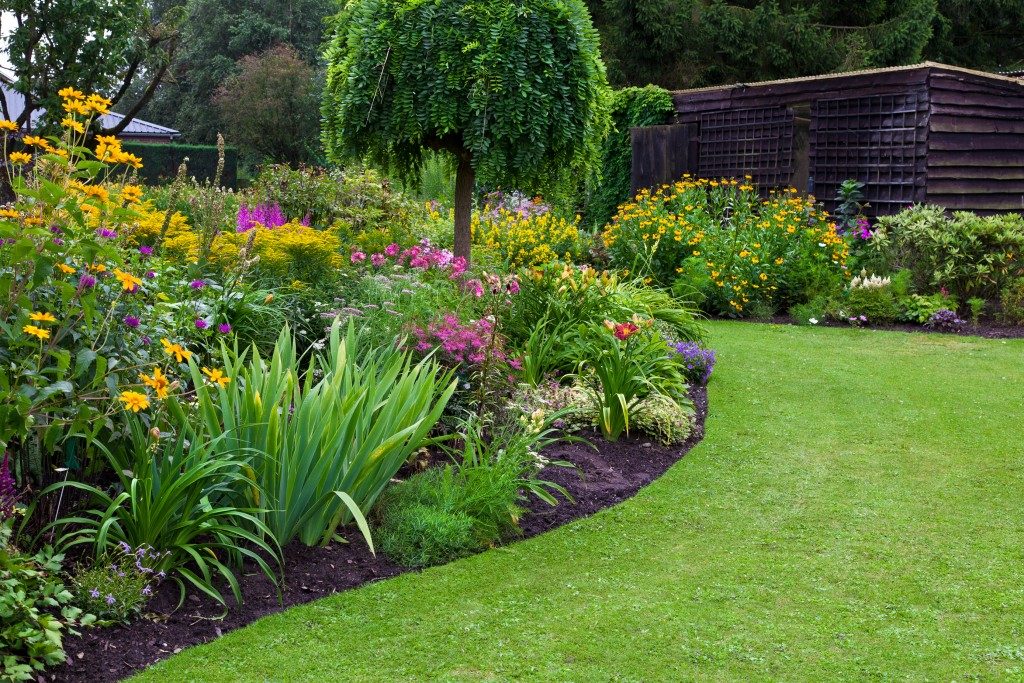Gardens are the perfect place for children to discover and explore nature in a safe environment. But did you know that there are gardens that can also help them relax and even reflect on their learning?
Sensory gardens are now becoming a trend in most educational institutions across the country. This type of garden often includes neural paths and plants that can trigger the five senses. It also has long grasses for texture and lavender plants for its smell.
Children love exploring all the areas in the garden, including the sandpit and the various plants inside it. The smells and the bright colors of the flowers encourage kids to discover what the outside world has to offer. Even more, these also teach them how to stay calm at the same time.
But it is not only children who can enjoy a sensory garden.
The effects of urbanization on a person’s well-being
Rapid urbanization, combined with a fast-paced lifestyle, can cause a person to suffer from anxiety and depression. Bringing yourself back to nature can provide you with a temporary escape from everything that is happening around you. It can help you recuperate from the stress that you are feeling, too.
Studies show that people need an average of 30 minutes a week in nature to manage their health and well-being. It is a great idea, especially if you have a vacant lot in your property. While it sounds great, however, it requires more than working with topsoil suppliers in Utah to build a sensory garden in your yard.
What makes up a sensory garden
 When planning a sensory garden, you need to have specific paths in mind. You need to think about the materials intended for those who will use the garden. If you are designing it for your kids, for example, avoid using materials such as pebbles or rocks that they can pick and throw. Meanwhile, you need to develop a full and smooth path if you are creating one for adults. It is also applicable to those who suffer from limited mobility.
When planning a sensory garden, you need to have specific paths in mind. You need to think about the materials intended for those who will use the garden. If you are designing it for your kids, for example, avoid using materials such as pebbles or rocks that they can pick and throw. Meanwhile, you need to develop a full and smooth path if you are creating one for adults. It is also applicable to those who suffer from limited mobility.
Once you have completed the plan for the path, then it is now time to think about the visual characteristics of your garden. It is best to choose plants based on what they look like when they are at their peak. You can also add a few garden accessories, such as stone statues or colorful sculptures, to add more life to your garden.
The smell also plays a crucial role in designing your sensory garden. It must have the right aroma that can excite your senses. You can add herbs like basil to give it a unique scent or gardenia to add fragrance to it.
Gardens can offer so much more than just being a space where you can plant your favorite flowers. So, the next time that you design a landscape for your yard, think of ways to include all the senses into the open space. Make sure to add a bench to encourage people to relax in certain areas so that they can appreciate everything about it.

